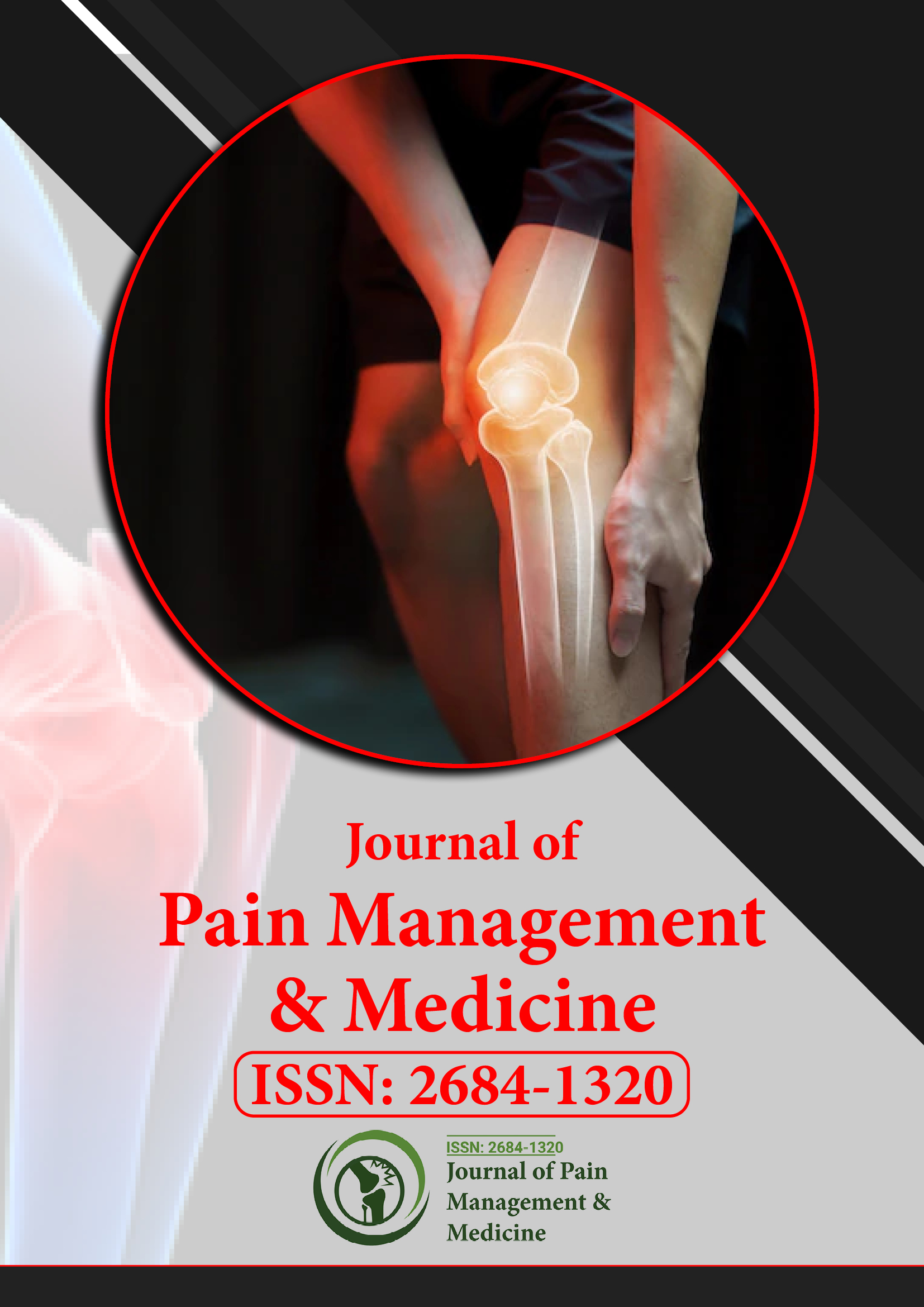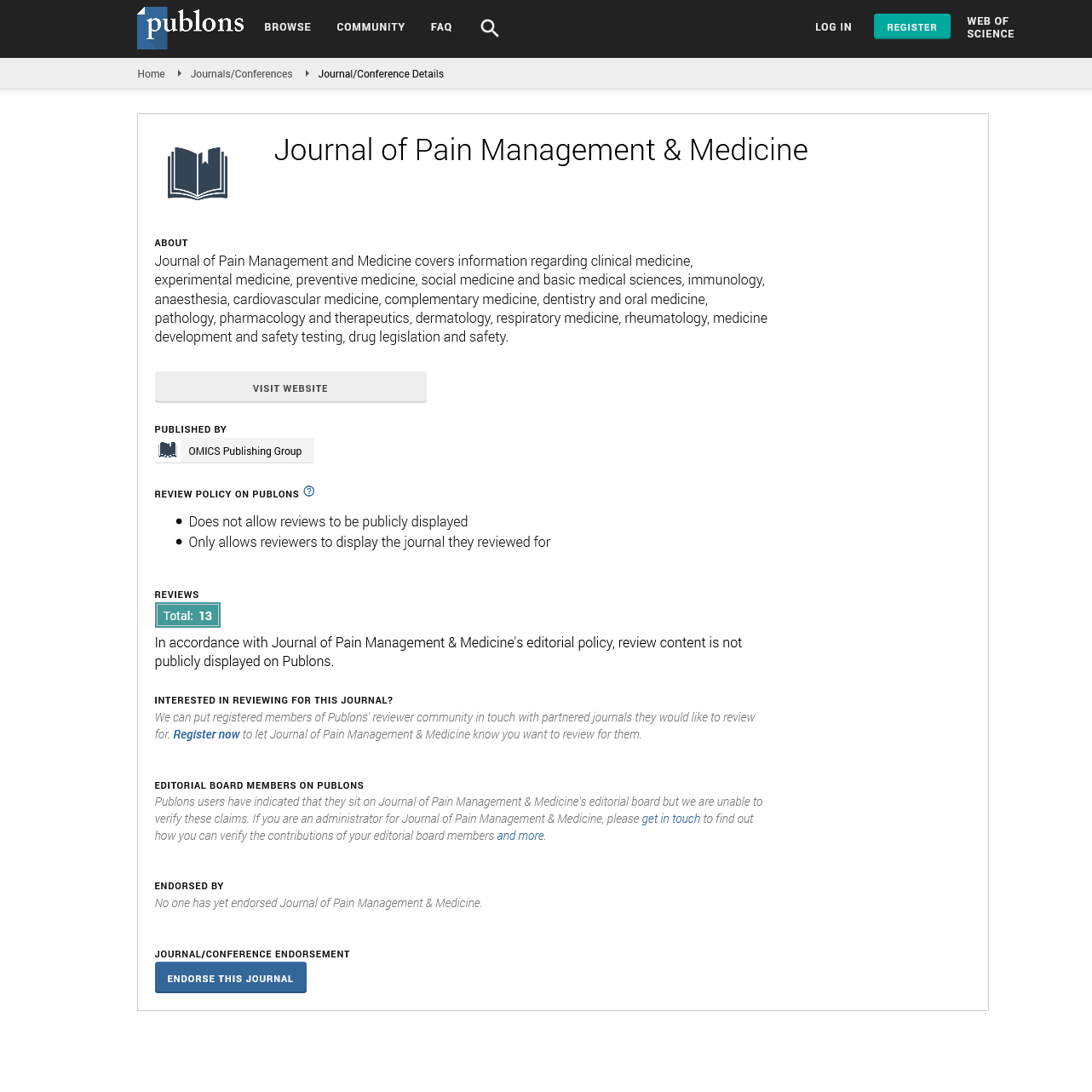Indexed In
- RefSeek
- Hamdard University
- EBSCO A-Z
- Publons
- Euro Pub
- Google Scholar
- Quality Open Access Market
Useful Links
Share This Page
Journal Flyer

Open Access Journals
- Agri and Aquaculture
- Biochemistry
- Bioinformatics & Systems Biology
- Business & Management
- Chemistry
- Clinical Sciences
- Engineering
- Food & Nutrition
- General Science
- Genetics & Molecular Biology
- Immunology & Microbiology
- Medical Sciences
- Neuroscience & Psychology
- Nursing & Health Care
- Pharmaceutical Sciences
Opinion Article - (2024) Volume 10, Issue 2
Understanding Dementia: Complexities, Causes and Diagnosis
Cadar Hillari*Received: 01-Mar-2024, Manuscript No. JPMME-24-25680; Editor assigned: 04-Mar-2024, Pre QC No. JPMME-24-25680 (PQ); Reviewed: 18-Mar-2024, QC No. JPMME-24-25680; Revised: 26-Mar-2024, Manuscript No. JPMME-24-25680 (R); Published: 04-Apr-2024, DOI: 10.35248/2684-1320.24.10.263
Abstract
Description
Dementia, a syndrome characterized by progressive decline in cognitive function, memory loss, and impairment in daily activities, represents one of the most significant public health challenges facing aging populations worldwide. With an estimated 50 million people living with dementia globally and the number expected to increase by 2050, dementia has enormous societal economic and healthcare burdens for individuals, families, and societies. Understanding the complexities of dementia, its underlying causes, and methods to care and support is essential for developing early detection, intervention, and improved quality of life for affected individuals and their providers.
Dementia encompasses a spectrum of neurodegenerative disorders, the most common of which is Alzheimer's disease, accounting for approximately 60%-70% of all dementia cases. Other types of dementia include vascular dementia, Lewy body dementia, front temporal dementia, and mixed dementia, which may result from a combination of neurodegenerative and vascular pathology. While each type of dementia has specific clinical characteristics and underlying neuropathology, they share common characteristics such as progressive decline in cognitive function, memory loss, language impairment, and changes in behavior and personality.
The exact cause of dementia remains poorly understood, but it is believed to result from a complex interplay of genetic, environmental, and lifestyle factors that contribute to neuronal damage, synaptic dysfunction, and neuro-inflammation within the brain. Genetic studies have identified several risk genes associated with increased susceptibility to Alzheimer's disease and other forms of dementia, including the apolipoprotein E gene, which is involved in cholesterol metabolism and amyloid beta clearance. Environmental factors such as cardiovascular disease, diabetes, hypertension, smoking, and obesity have also been implicated in the development of vascular dementia and Alzheimer's disease, highlighting the importance of maintaining a healthy lifestyle can help to reduce the risk of dementia.
Diagnosing dementia typically involves a comprehensive evaluation encompassing medical history, cognitive assessment, laboratory tests, neuroimaging studies and, in some cases, neuropsychological testing or cerebrospinal fluid analysis. Healthcare providers may inquire about changes in memory, language, executive function, and daily activities, as well as any family history of dementia or other neurological conditions. Cognitive screening tools such as the Mini-Mental State Examination (MMSE) or Montreal Cognitive Assessment (MoCA) may be used to assess for cognitive impairment and track changes in cognitive function over time.
Furthermore, neuroimaging modalities such as Magnetic Resonance Imaging (MRI), Computed Tomography (CT) scans, and Positron Emission Tomography (PET) scans may be utilized to visualize structural and functional changes in the brain, such as cortical atrophy, amyloid beta deposition, and hypometabolism in regions associated with memory and cognition. Biomarkers such as amyloid beta and tau protein levels in cerebrospinal fluid may also be measured to aid in the diagnosis and staging of Alzheimer's disease and other neurodegenerative disorders.
Treatment methods for dementia focus on managing symptoms, optimizing function, and providing support and care for affected individuals and their families. While there is currently no cure for dementia, pharmacological interventions such as cholinesterase inhibitors (e.g., donepezil, rivastigmine) and Nmethyl- D-aspartate receptor antagonists (e.g., memantine) may helpto improve cognitive function, mood, and behavior in patients with Alzheimer's disease and other types of dementia. These medications work by increasing levels of acetylcholine or modulating glutamatergic neurotransmission in the brain, thereby enhancing cognitive function and reducing symptoms such as memory loss, confusion, and agitation.
Moreover, non-pharmacological interventions such as cognitive stimulation therapy, reminiscence therapy, music therapy, and art therapy may provide additional options for improving quality of life and well-being in individuals with dementia. Cognitive stimulation therapy involves engaging patients in structured activities and exercises designed to stimulate cognitive function, memory, and social interaction, thereby stimulating brain health and durability.
Citation: Hillari C (2024) Understanding Dementia: Complexities, Causes and Diagnosis. J Pain Manage Med.10:263.
Copyright: © 2024 Hillari C. This is an open access article distributed under the terms of the Creative Commons Attribution License, which permits unrestricted use, distribution, and reproduction in any medium, provided the original author and source are credited.

